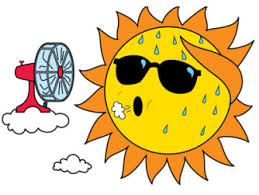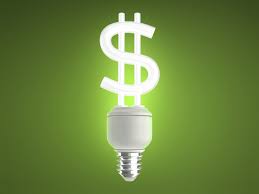 August 2021
August 2021
Energy efficiency is confusing because of the many ways it can be measured. Our choice of lifestyle features and enhancements make energy efficiency comparisons challenging.
Building Façade
Buildings with fewer windows and better insulated concrete walls are more efficient than those with many larger windows. Solid and Insulated walls do a better job of keeping internal temperature stable thus requiring less energy. This infrastructure is part of a building design which cannot be changed so is of little value when seeking to improve energy efficiency. Windows can be replaced with higher efficiency systems but may not make sense solely for energy efficiency and financial savings. Window replacement is usually delayed until other factors make it a necessity.
Total Electricity Use
Total electricity use is an alternate approach to measuring energy efficiency. Newer buildings with smaller units present an incomplete picture since more units house more people utilizing more electric and electronic devices. Today’s consumers use far more electricity to power electric devices and air conditioning unavailable in the home in prior decades.
Individual System Determination
The most common approach to energy efficiency is to look at individual systems and determine how much can be saved by updating them. Where the cost of updating is less than savings over a measurable period, three to five years being typical, updating makes sense.
Smart metering systems allow us to better understand and manage energy consumption. We now understand which changes make most sense for improving energy efficiency and cost reduction.
- Lighting improvements can increase efficiency by over 80 percent
- New chillers can increase efficiency by 40 to 60 percent
- New boilers can increase efficiency by 30 to 50 percent
Even without system enhancements, the simple act of measuring and reporting unit electricity consumption yields savings of up to 30 percent without any decline in lifestyle or living standards. The best results are achieved when residents directly pay for their personal electricity consumption.
Newer buildings are more efficient on a per suite or individual basis. Smaller units mean more occupy a typical building which increases overall energy use. There are more computers, TVs, dishwashers, laundry machines and other appliances all of which are more energy efficient but combined utilize more energy. Amenities, which improve overall lifestyle, are non-existent or minimal in older buildings making comparisons less reliable. Newer buildings emit fewer greenhouse gasses because of modern technologies.
Energy efficiency was at least in part the cause of what we call “Sick Building Syndrome”. We now understand that the more airtight buildings, while more energy efficient, cause health problems. We now have better ventilation and healthier buildings.
 In some ways residential buildings can be compared to cars. That car from the 1980s was more energy efficient. It travelled shorter distances, was slower, and produced more toxic fumes. It lacked air conditioning, electric windows, navigation and other conveniences. Few would choose older automobiles over what is available today. The same goes for high-rise residential buildings.
In some ways residential buildings can be compared to cars. That car from the 1980s was more energy efficient. It travelled shorter distances, was slower, and produced more toxic fumes. It lacked air conditioning, electric windows, navigation and other conveniences. Few would choose older automobiles over what is available today. The same goes for high-rise residential buildings.







